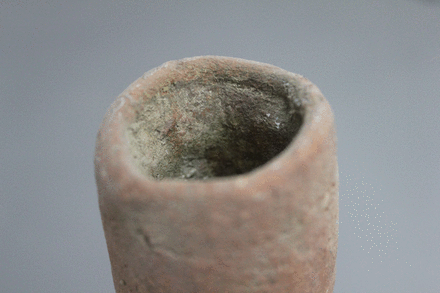While excavating near the Wei River in China archaeologists from Stanford University have uncovered a complete set of ancient brewing equipment which still contained residue from the last beer made in it. The beer-making tools were in underground rooms that have been tested and found to have been constructed sometime between 3400 and 2900 BC. The rooms contained funnels, pots, and specially-designed jugs. From just looking at the items the researchers were able to suggest that they were used for filtration, fermentation, and storing of the brewed liquid.
The residue that was left in one of the containers was analyzed, and it was discovered to be a beer that had been made thousands of years ago. The beer contained barley, millet, Job’s tears, and tubers. This combination of ingredients was then fermented together, and this is the earliest evidence of beer production in China. This is also the oldest archaeological evidence of barley being grown in China. The earliest known written record Chinese beer production appears in the late Shang dynasty where beer was brewed with malted millet and barley or wheat.


China has a long tradition of fermenting grains; rice-based fermented drinks have been found on a 9,000-year-old site. The production of wine from fermented fruit, rice, and honey predates beer in China. Stylized drawings on Yangshao funnels and amphorae have shown what looks to be images of brewing equipment.
The equipment found in the rooms implies that the beer was made on site. Three distinct vessels were found that suggest three different stages in the fermentation cycle. Each pit in which the artifacts were found contained a pottery stove. In brewing, heat is necessary to create the optimal temperature for mashing.


Millet and Job’s tears (a kind of grain) are common to China, though barley wasn’t thought to have reached China until 4,000 years ago. It is thought that with the combination of millet, tubers, Job’s tears, and barley, the beer would have been sour and a little bit sweet, according to Jiajing Wang from Stanford University. It is possible that the growth of early Chinese beer making helped to bring barley in from the West and into daily use earlier than archaeologists first thought, Science News Journal reported.
Some of the old recipes are still being followed; Dogfish Head’s Chateau Jihau is one such brew that copies an archaeological rice wine recipe. It could be possible that someone may also try to replicate this ancient beer.
